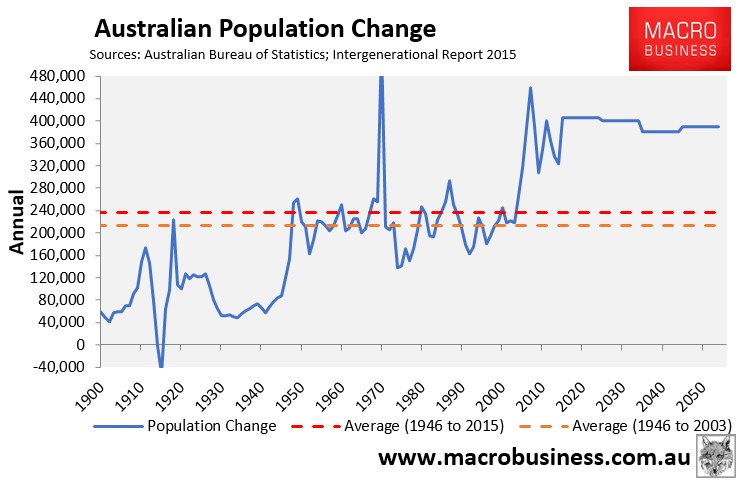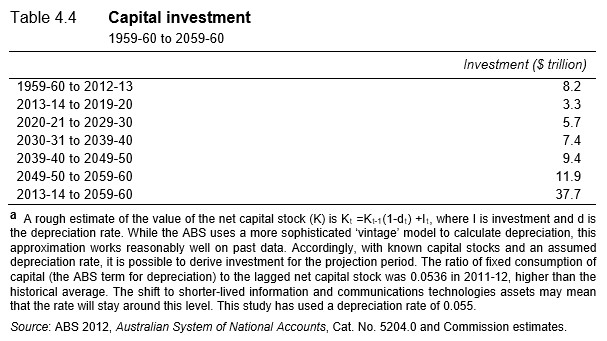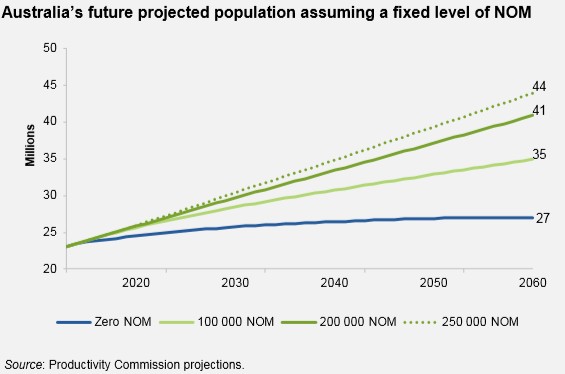Infrastructure Australia (IA) chief executive, Philip Davies, has warned that Australia risks crippling congestion and has called on the federal government to adopt a user-pays approach towards infrastructure and to privatise public transport. From SBS:
Infrastructure Australia chief executive Philip Davies has warned that relying on taxpayer funds to pay for infrastructure projects is unsustainable, particularly with an ageing population that will put greater pressure on government budgets…
“Ultimately, there are only two sources of funding for infrastructure, either taxpayers through government spending or directly by users and beneficiaries through, for example, electricity charges or road tolls,” Mr Davies said.
“Australia’s ageing and growing population sees governments under pressure to fund health and welfare services, in turn placing pressure on funding of other infrastructure needs – even more important that we get the right projects.
“This means we need to look seriously at how our infrastructure is paid for, and that begins with achieving the right balance of what comes from users and what comes from taxpayers.”
Public transport users in Australia pay around 20 to 25 per cent of the total cost of public transport, with the bulk funded by taxpayers, Mr Davies said…
Mr Davies said governments should also consider privatising public transport, citing “a significant opportunity” to cut costs and improve service, although it was unclear if it would lead to higher ticket prices…
Congestion in Australia’s capital cities could cost the economy $53 billion annually by 2031 if Australia does not take action to increase capacity and better manage demand on transport networks, Mr Davies said, citing a figure from the 2015 Australian Infrastructure Audit.
It is true that Australia faces crippling infrastructure bottlenecks and congestion – this is what happens when population growth is upped to Third World-levels, mostly via immigration (see next chart).

The Productivity Commission (PC) has raised similar concerns. In its final report on An Ageing Australia: Preparing for the Future, the PC projected that Australia’s population would balloon to 38 million people by 2060 (since revised upwards to 40 million) and warned that total private and public investment requirements over the 50 year period are estimated to be more than 5 times the cumulative investment made over the last half century:

And more recently in its recent Migrant Intake into Australia report, the PC warned that:
Governments have not demonstrated a high degree of competence in infrastructure planning and investment. Funding will inevitably be borne by the Australian community either through user-pays fees or general taxation.
One obvious solution, therefore, is to significantly scale back immigration and forestall the need for costly new infrastructure investment in the first place, especially given the PC also found that ongoing mass immigration is likely to lower the welfare of incumbent residents.
The fact of the matter is that strong population growth is a policy choice determined by Australia’s immigration intake, not a fait accompli.
As shown in the next chart, which again comes from the PC, Australia’s population will reach more than 40 million mid century under current immigration settings, at least 13 million more than would occur under zero net overseas migration (NOM):

That’s a helluva lot of extra people to build infrastructure for versus a lower or zero NOM policy.
So, instead of IA hand-wringing over inadequate infrastructure investment, how about questioning Australia’s mass immigration settings, which are the demand-driver causing the problems in the first place? Why not argue to reduce immigration to sensible and sustainable levels?
IA’s solution of adopting greater ‘user pays’ and privatisation of public transit on ‘efficiency’ grounds is also spurious and very likely to be welfare destroying for the incumbent population.
The procession of dubious asset sales recently led to ACCC head and longtime supporter of privatisation, Rod Sims, calling for a moratorium on further privatisations because of the damage that they are doing to consumers and the economy:
“I’ve been a very strong advocate of privatisation for probably 30 years. I believe it enhances economic efficiency [but] I’m now almost at the point of opposing privatisation because it’s been done to boost proceeds, it’s been done to boost asset sales, and I think it’s severely damaging our economy…
“It is increasing prices – let’s call it out… I want them to stop and think about the fact that when they’re privatising these things without effective regulation you are going to have increases in prices, and just think about the effects of that on the economy.
Stop and think. And don’t be surprised that your electorates think that privatisations increase prices. Of course they shouldn’t [increase prices] but the history tells you differently”.
Why does IA somehow believe that proceeding down the privatisation route would boost outcomes when it has failed so miserably in the past?
When it comes to infrastructure, Australia has two choices:
- Selling-off our assets en masse to the private sector and going down the ‘user-pays’ route, in turn significantly raising costs for the incumbent population; or
- Greatly slowing population growth by slashing Australia’s immigration intake.
Blind Freddy – but clearly not IA – can see that option two is the most sensible and least costly choice.

